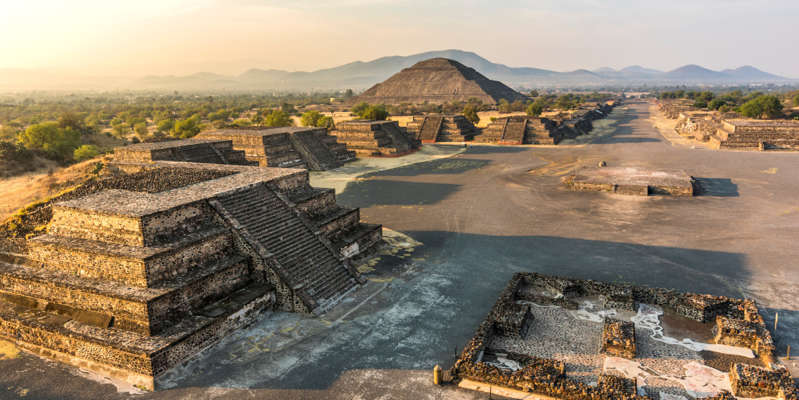
The Aztec Codex found the first descriptions of earthquakes in America
An Aztec manuscript from the 16th century was discovered in Mexico. After decrypting the text, scientists realized that it contains the first known descriptions of earthquakes in the Americas, reports The Daily Mail.
The earthquakes were identified using pre-Hispanic pictograms, two signs: ollin (movement) and tlalli (earth). Ollin is a symbol consisting of four spirals and a central eye or circle, while tlalli consists of one or more layers filled with dots and different colors.
Pictograms provide little information about the power, area and aftermath of earthquakes. But scientists were able to obtain additional data by comparing the document with later Spanish written sources.
The study found that the Aztecs described 12 earthquakes that occurred between 1460 and 1542. One of them, 1507, happened simultaneously with a solar eclipse. In the same year, the temple was destroyed, and 1,800 Aztec warriors drowned in a river, which was probably in the south of Mexico.
Scientists noted that earthquakes in America happen quite often. They significantly influenced the life of the local population and, naturally, were reflected in the chronicles.
In other historical documents, you can also find references to tremors. For example, the report of the Franciscan monk Juan de Torquemada describes the earthquake of 1496, which shook three mountains in the province of Hochitepec and caused landslides in an area inhabited by the Yopé people. According to the text, the power of the disaster should have been 8.0 or even more.
This area is located within the Guerrero seismic fracture. Interestingly, the region is now considered seismically calm – the last major earthquake happened there in 1845.
Earlier, scientists found a letter describing the Lisbon earthquake. It was written by a nun who was in the city at the time.

